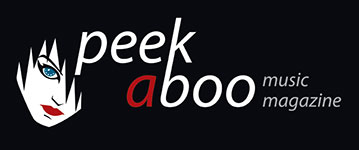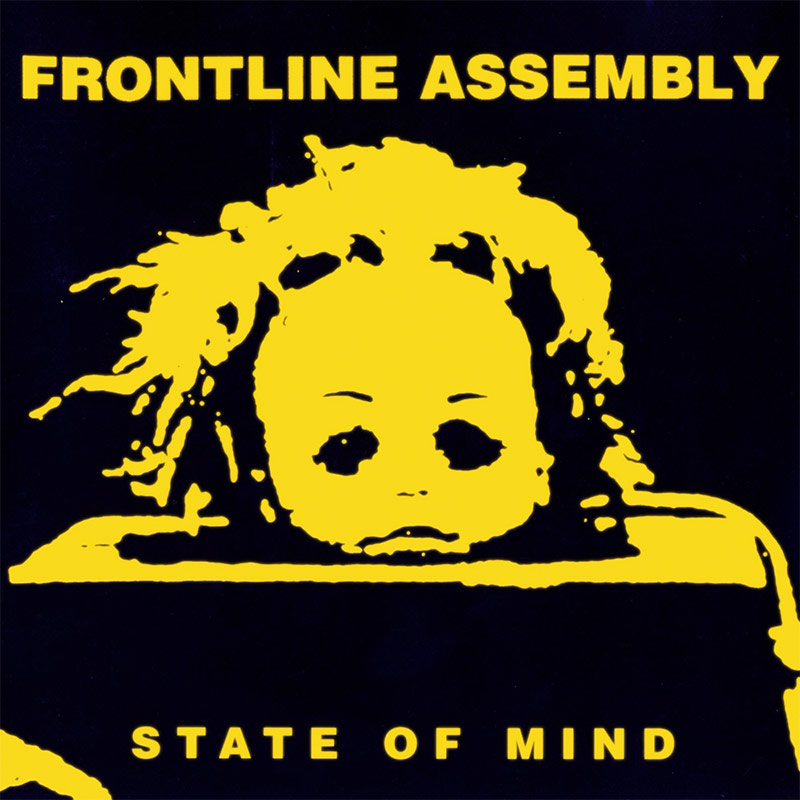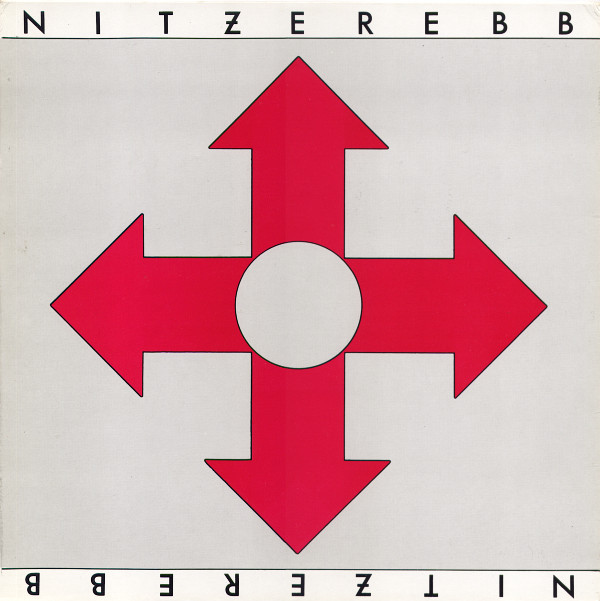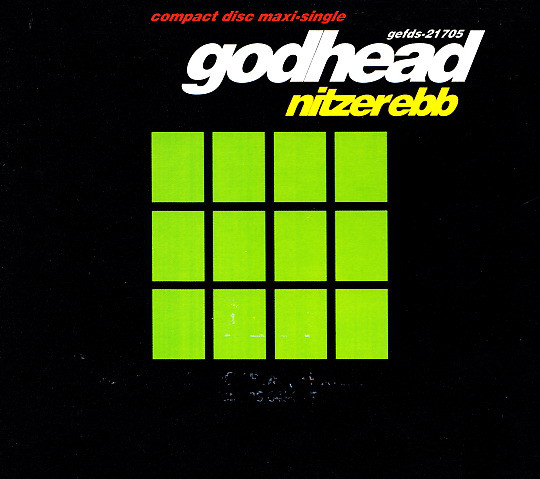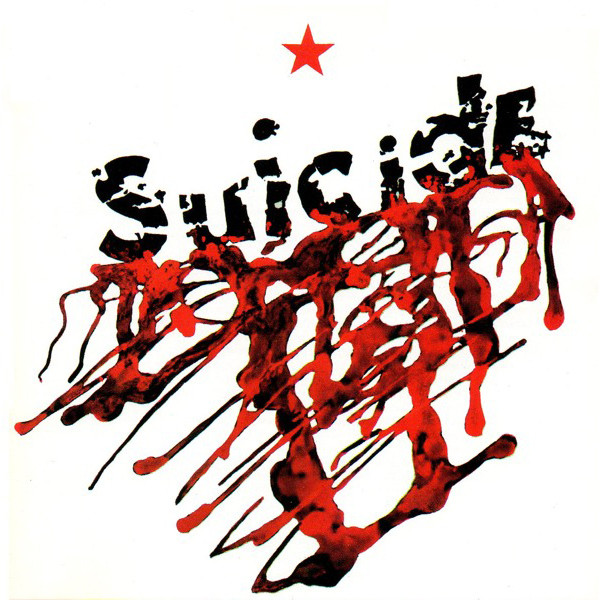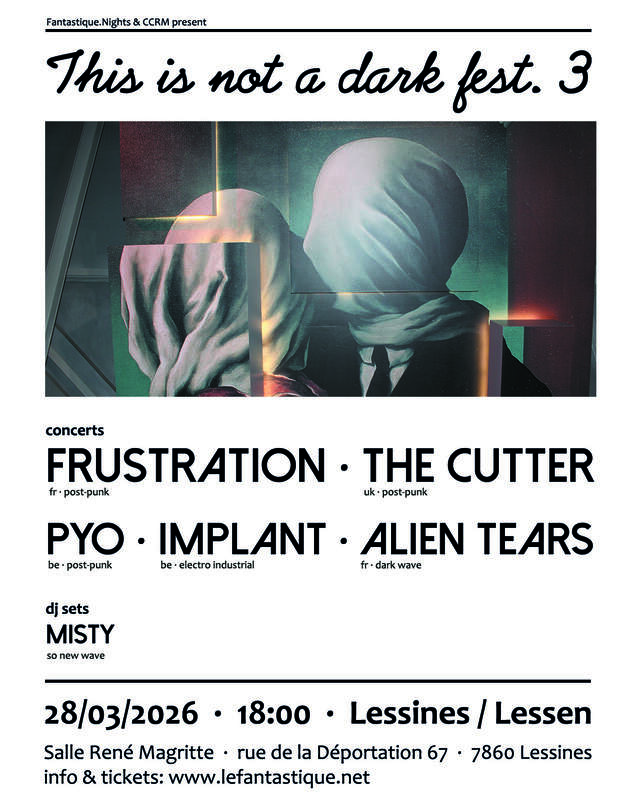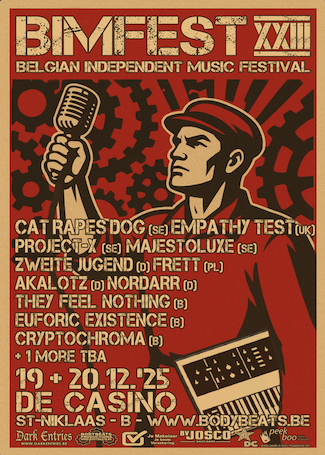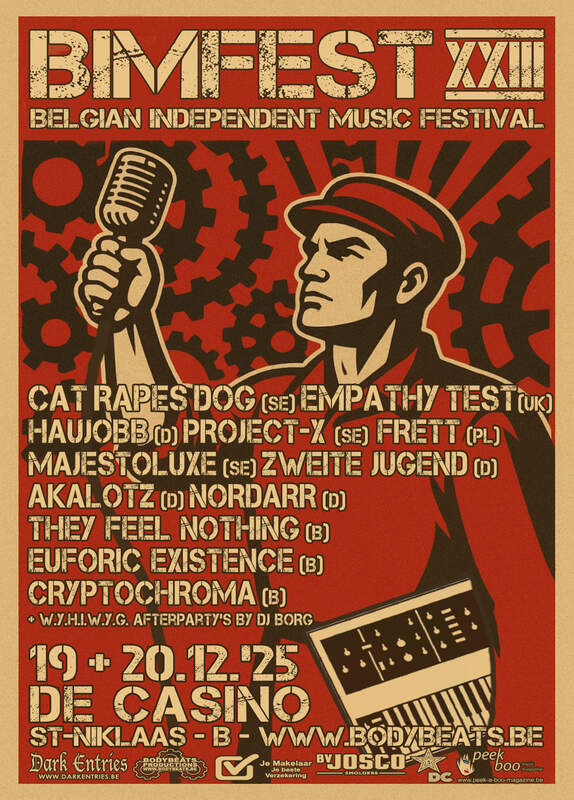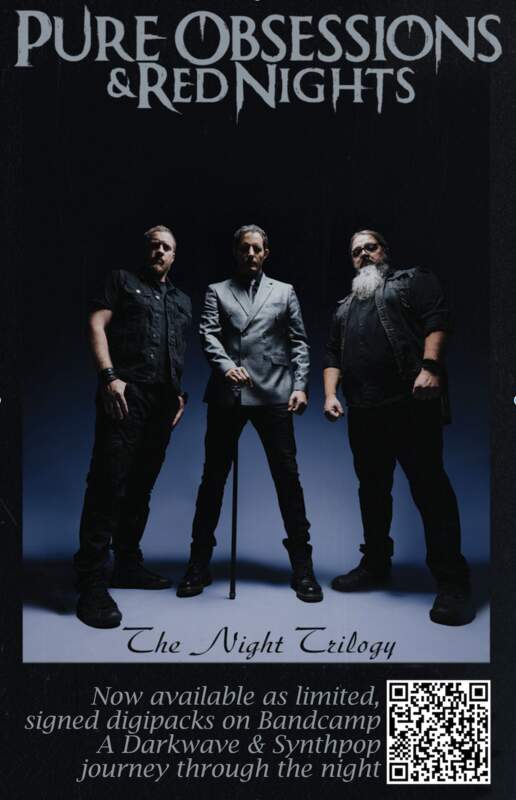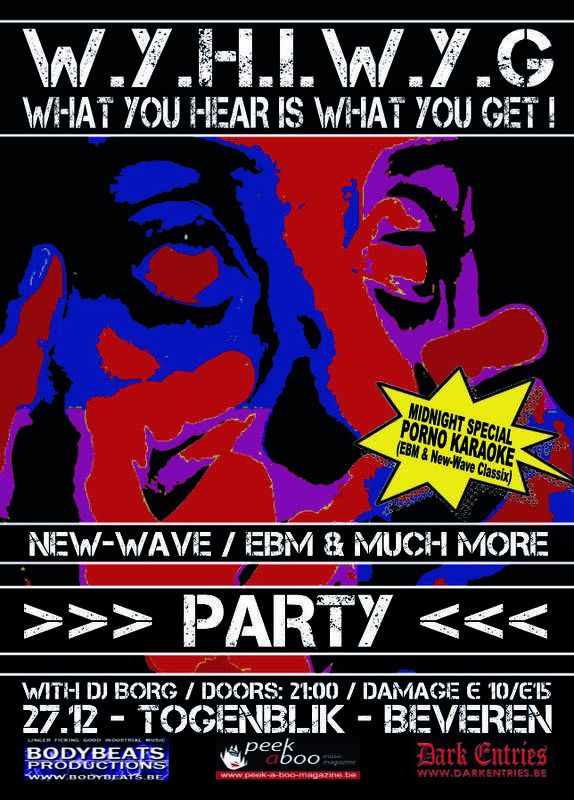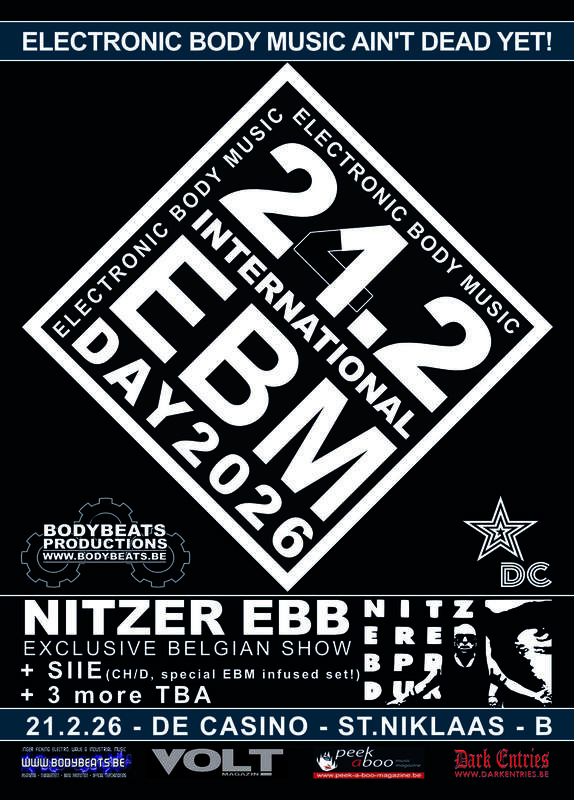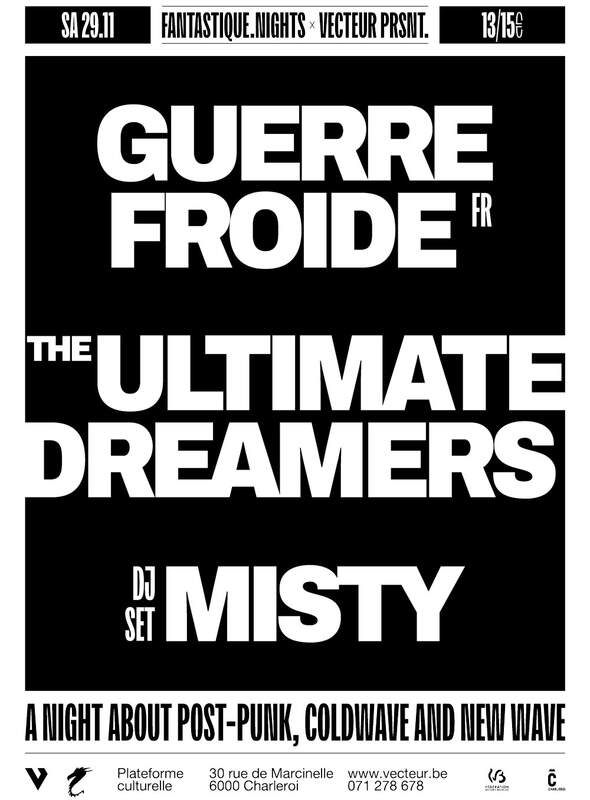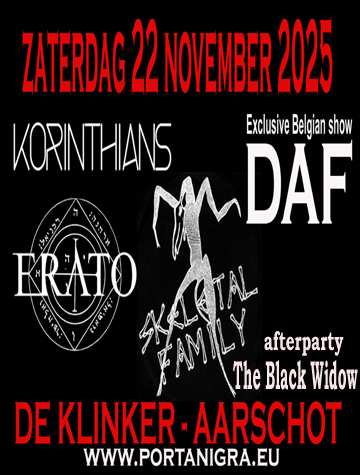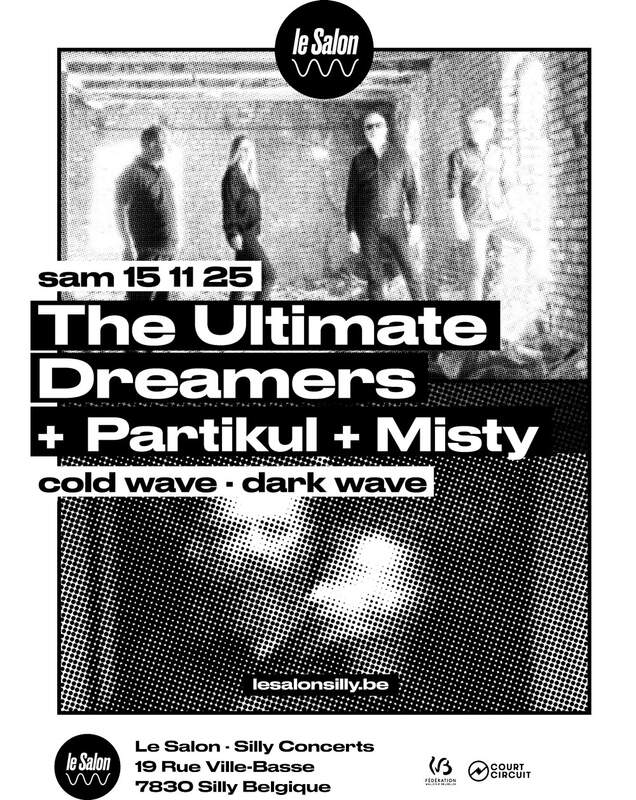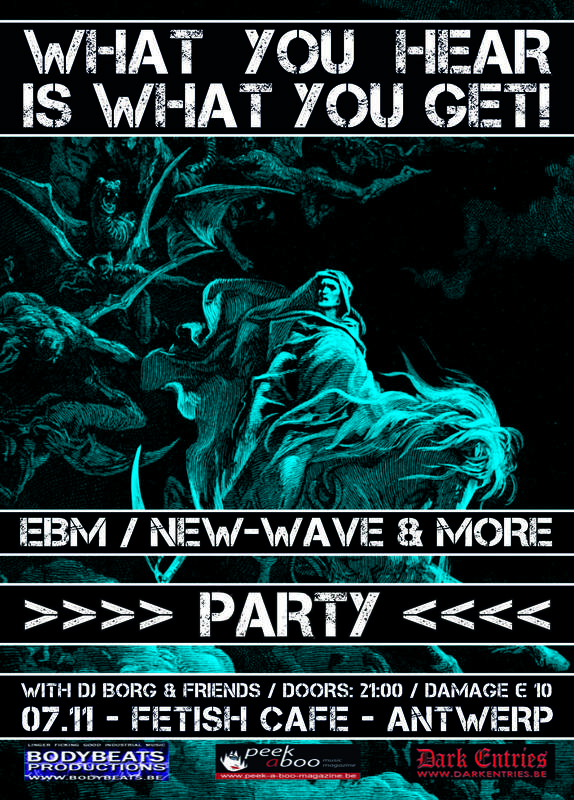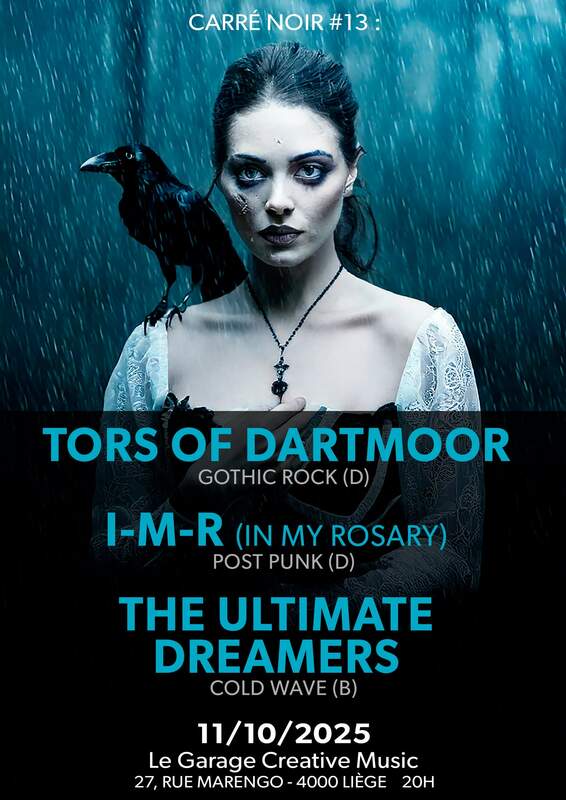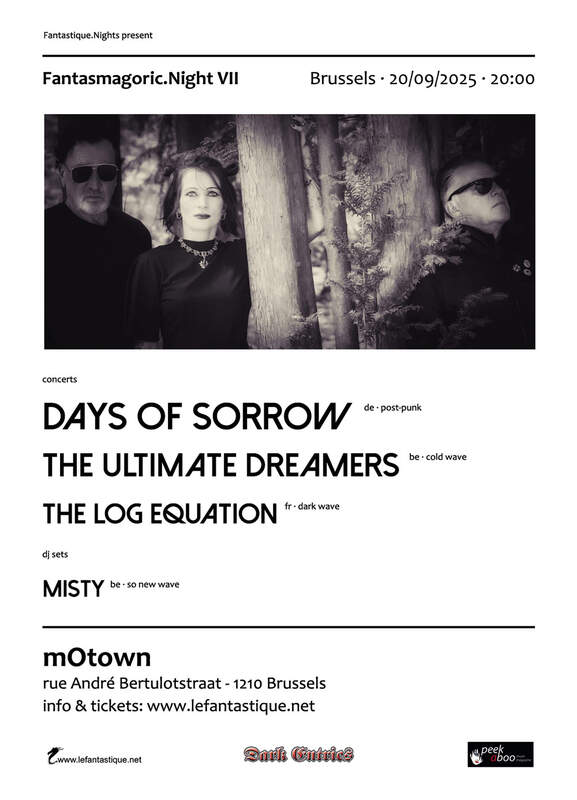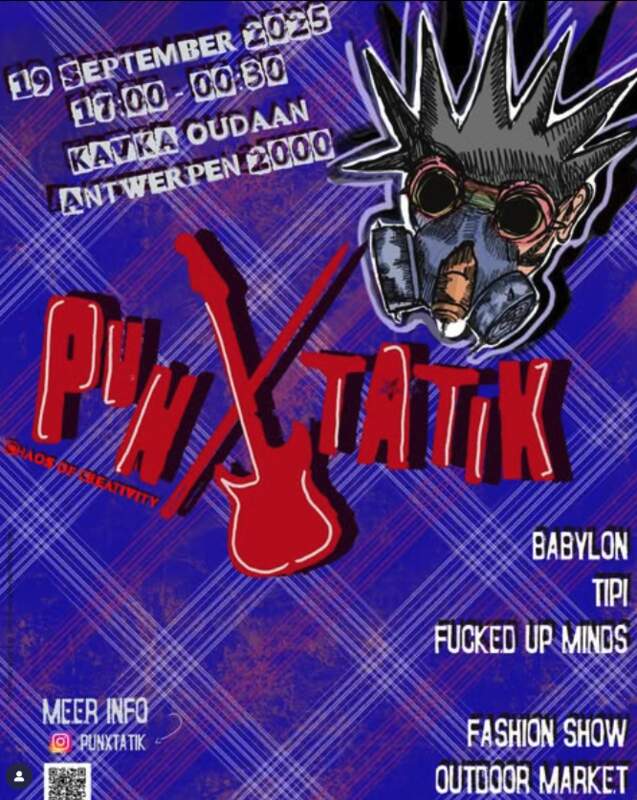On this day, 69 ago, British singer/songwriter and record producer 'Barney' Bernard Sumner was born (4 January 1956, Lancashire, UK).
Sumner was one of the founding members of Joy Division, formed in 1976. He and childhood friend, Peter Hook, both attended the fabled Sex Pistols concert at Manchester's Free Trade Hall on 4 June 1976 and whose music inspired them to perform together under the Warsaw moniker.
To avoid confusion with the London punk band Warsaw Pakt, the band renamed themselves Joy Division in early 1978 and became widely considered one of the most influential bands of the era. Sumner was lead guitarist as well as playing the keyboards.
In May 1980 after the suicide of its lead singer, Ian Curtis, Joy Division was disbanded. Then, Sumner, together his fellow ex-Joy Division members, Peter Hook and Stephen Morris formed New Order (later joined by keyboardist Gillian Gilbert) and became the leading protagonists of synthesizers in the electro-dance music scene.
Other projects:
Electronic: with former Smiths' guitarist Johnny Marr.
Bad Lieutenant: with fellow New Order member Phil Cunningham and Jake Evans of Rambo & Leroy.
In January 1988 Canadian electro-industrial band Front Line Assembly released its second studio album State of Mind. However, since most of the material featured on State Of Mind was recorded in 1987, before the release of their first release The Initial Command, State of Mind can be seen as the actual debut album of Front Line Assembly. Although the original release's labels bear the publishing year 1987, the album didn't see the daylight until early1988.
This album was recorded and composed entirely by Bill Leeb in August 1987, mixed by Michael Balch and edited by Dave Olgivie. State Of Mind sounds quite rough and differs from the later Font Line Assembly releases and features some elements Bill Leeb later would elaborate further in the FLA side project Delerium. Wide open soundscapes, creaking and crashing noise samples, and echoing sound design, a spartan, bleak electronic landscape which is atmospheric yet taut.
One remarkable fact is that the verse melody of the track 'Resistance' would later be re-incorporated on the 'Tactical Neural Implant' album and become the chorus melody of Front Line Assembly's underground club hit 'Mindphaser' (1992).
It was originally released by Dossier on vinyl and CD and later re-released on Cleopatra Records on CD (1996) with alternate artwork and a bonus track, ‘Inside Out’ and finally again on vinyl, also by Cleopatra, in 2016 but with only 8 tracks.
State Of mind (1988 Release tracklist)
01. First Reprisal 5:21
02. Consequence 5:36
03. Burnt Soul 2:42
04. Testimony 5:26
05. Landslide 4:45
06. Terminal Power 5:49
07. Malignant Fracture 4:16
08. Eastern Voices 5:27
09. Resistance 4:31
10. Sustain Upright 4:07
11. No Tomorrow 5:06
12. And They Shall Bow 4:45
DISCOGS
This month 40 years ago Nitzer Ebb released their debut 12” single ‘Isn’t It Funny How Your Body Works’ (January 1985) on their own label Power Of Voice Communications. The 12” contained 4 tracks and was recorded in September 1984.
Although they released their first demo tape, Basic Pain Procedure, already in 1983 it would still be two years until they met producer Phil Harding, who produced their first 12” ’Isn't It Funny How Your Body Works?’ and helped them set up Power Of Voice Communications.
Isn’t It Funny How Your Body Works (12")
1. Isn’t It Funny How Your Body Works 3:49
2. The Way You Live 3:55
3. Crane 2:43
4. Cold War 3:45
Below is some rare live footage of Nitzer Ebb performing the song 'Crane' from this release in the early 1980s. It was filmed at "The Hermit Club" in Brentwood Essex. Apparently the fight was caused by someone off camera to the left, disconnecting Bon's microphone.
Below that there's another rare, but sadly only 44 second lasting, snippet of the band perfoming 'Isn't It Funny How Your Body Works?'
Today 33 years ago the British EBM and Industrialists Nitzer Ebb released the single Godhead. This single was taken from their fourth and previously released album EbbHead (Mute Records, September 1991) which was co-produced by Alan Wilder (Depeche Mode) and Flood.
Enjoy the Godhead video below!
Godhead
Hey now, what's this
The place I'm living's a fucking disgrace
Don't talk 'bout that
Get on your knees and pray that you're safe
But what to believe in
It's all so deceivin'
How about something else
The times ain't changing
It's what I been cravin'
How about something else
Where's this I'm at
There's more excitement
At a laundromat
Who's he, mmm looks good
He ain't a god
Well he fucking well should (be)
Now wait a minute, look at that
He's a god without a doubt
Can't you see it in his eyes
Got all of you to despise
And so they came
And they called him Godhead
Cried out his name
And the life that he led
DISCOGS
On this day 42 years ago Suicide released its self titled debut studio album. It was released on 28 December 1977 by Red Star Records and was produced by Craig Leon and Marty Thau. The album was recorded in only four days at Ultima Sound Studios in New York and featured Martin Rev's minimalist electronics and harsh, repetitive rhythms, paired with Alan Vega's rock and roll-inspired vocals and depictions of urban life. Suicide entered the studio with much of their songs already written and rehearsed from having spent the previous five years playing shows.
Suicide was the first group to sign to Marty Thau's Red Star record label. After hearing a demo tape from Suicide, he asked if he could see Suicide perform live which led to them being signed to Red Star.
Upon its initial release, Suicide was granted positive reception from the UK press, but received mixed reviews in the United States where it failed to chart. However, the album would soon be regarded as a milestone in electronic and rock music. In 2013, Pitchfork magazine named it one of the greatest albums of the 1970s and Rolling Stone magazine placed it on their list of the 500 greatest albums of all time. The album is listed as one of the 1001 Albums You Must Hear Before You Die.
Musically, Suicide has been described as synth-punk, electronic rock and synth-pop, while also being labeled electronic and minimalistic.
Suicide (Original album track listing)
Side one:
- Ghost Rider 2:34
- Rocket U.S.A. 4:16
- Cheree" 3:42
- Johnny 2:11
- Girl 4:05
Side two
- Frankie Teardrop 10:26
- Che 4:53

